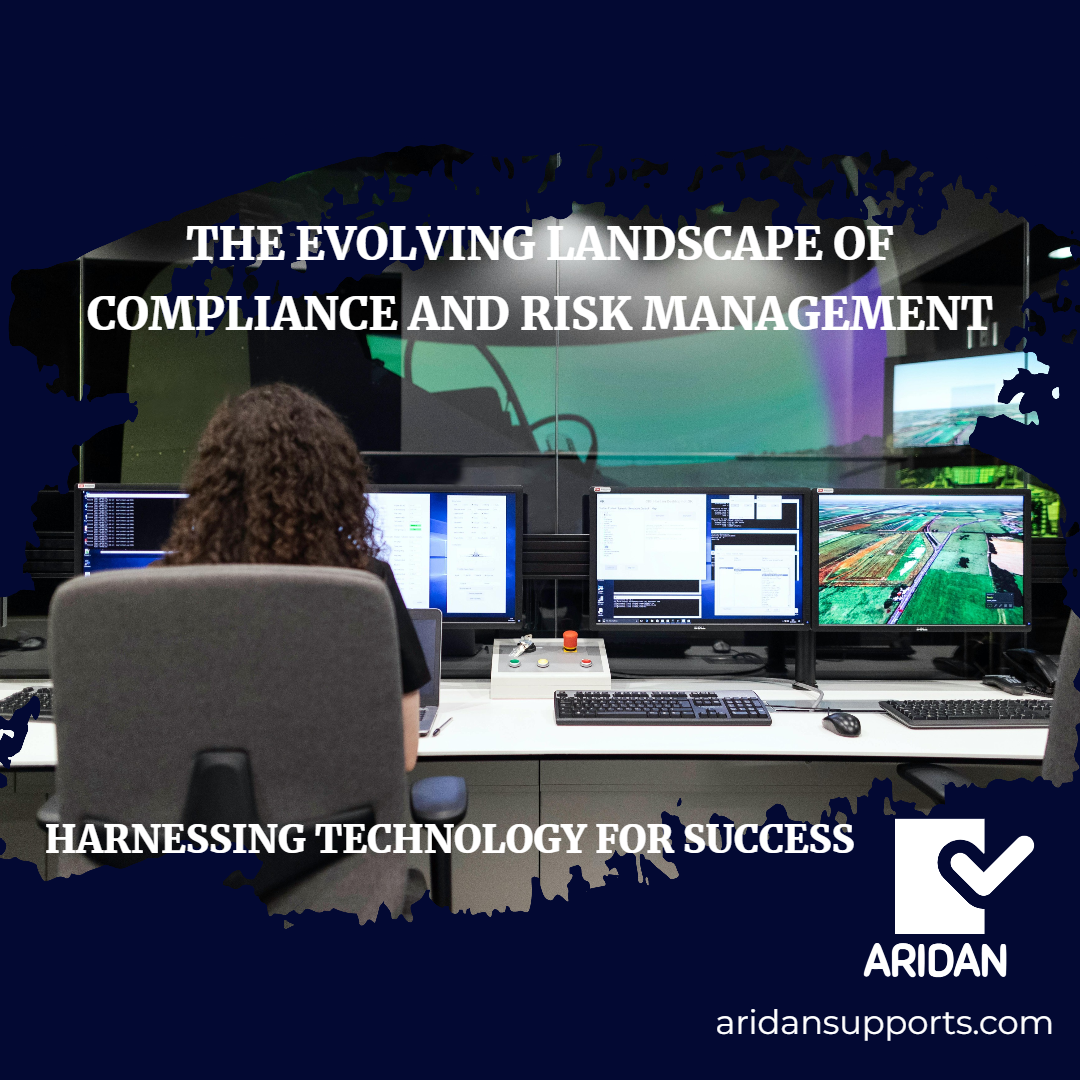In today’s fast-paced business environment, the landscape of compliance and risk management is constantly evolving. As organizations navigate increasingly complex regulatory requirements and the ever-present threat of risks, technology has emerged as a crucial tool in fortifying their defense mechanisms.
Technology plays a pivotal role in modern compliance and risk management practices, from automated monitoring systems to advanced analytics tools, enabling organizations to proactively identify, assess, and mitigate potential threats.
INTEGRATED SOLUTIONS
Integration of technology effectively into compliance and risk management strategies requires a multifaceted approach. Firstly, organizations need to invest in state-of-the-art software solutions tailored to their specific needs. These solutions encompass a wide range of functionalities, including regulatory compliance tracking, risk assessment, audit management, and incident reporting.
By leveraging these tools, organizations can streamline their compliance processes, enhance visibility into potential risks, and ensure timely identification and response to emerging threats. Finding these software solutions can be a challenging task as there are a variety of solutions for finance, sales, inventory, marketing, HR, etc., available that combined can be costly for small businesses.
Fully integrated solutions are becoming more and more attractive for corporations but for small businesses in particular open-source solutions are becoming interesting alternatives. They are more affordable and they offer small businesses the option to centralize their data, consolidating all data sources into a single fully integrated platform, which facilitates data management.
GETTING STARTED
Before investing in any solution, businesses should outline their business processes. Documenting business processes for digital process optimization doesn’t have to be perfect initially. Many small businesses believe it’s a costly endeavor beyond their capabilities, but that’s not always the case.
Whether or not there’s existing documentation, businesses will need to establish process descriptions to digitize operations. The next step involves assessing the current process to identify bottlenecks and weaknesses before digitization. While some software solutions may offer solutions for these weaknesses, it’s crucial to identify them beforehand.
CULTURE OF COMPLIANCE
Moreover, the effective integration of technology relies on fostering a culture of compliance and risk awareness across the organization. Training programs and workshops should be implemented to educate employees about the importance of compliance protocols and risk mitigation strategies.
Furthermore, consistent communication and collaboration among various departments such as IT, cybersecurity, legal, finance, and operations are crucial to ensure alignment and synergy in compliance endeavors. In smaller companies, this collaboration could extend to internal and external (outsourced) teams.
EMERGING TECHNOLOGIES
Furthermore, organizations must stay abreast of emerging technologies and trends in the compliance and risk management landscape. Artificial intelligence, machine learning, and data analytics are revolutionizing how organizations identify patterns, detect anomalies, and predict potential risks.
By embracing these technologies, organizations can gain deeper insights into their compliance posture, anticipate emerging threats, and make data-driven decisions to mitigate risks effectively.
FINAL THOUGHTS
Technology has become an indispensable ally in modern compliance and risk management practices. By investing in the right tools, fostering a culture of compliance, and embracing emerging technologies, organizations can strengthen their defense mechanisms, navigate regulatory complexities, and safeguard their reputation and bottom line in an increasingly volatile business environment.








